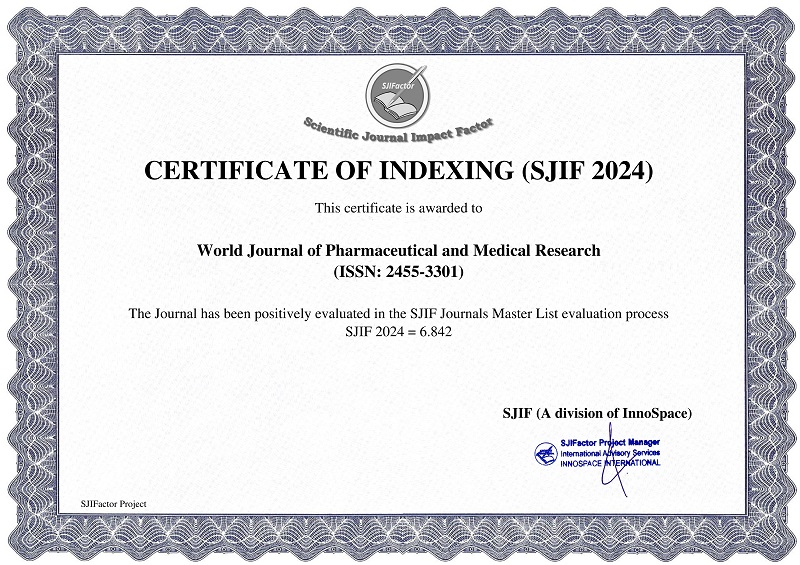A COMPREHENSIVE REVIEW ON THE PHYSIOLOGY OF NIDRA AND SWAPNA: INSIGHTS FROM AYURVEDA AND MODERN SCIENCE
Dr. Vaibhav Biradar*, Dr. Nishant Patel and Dr. Arpit Vankar
ABSTRACT
Ahara, Nidra, and Brahmacharya are central pillars in Ayurveda, critically supporting physical and mental health. Among these, Nidra (sleep) is particularly essential in today’s fast-paced world. Defined in Ayurvedic texts as the restorative state for the Sharira (body), Mana (mind), and Indriya (senses), its deficiency leads to conditions like primary Anidra (insomnia), increasing the risk of numerous clinical disorders and, over time, chronic sleep disturbances.[1] Aim: To explore Nidra’s Ayurvedic definition, classifications, and physiological impact. Materials & Methods: A comprehensive review of Ayurvedic Samhitas and modern literature from PubMed and Google Scholar, using keywords such as ?physiology of Nidra? and ?sleep.? Conclusion: Ayurveda recognizes Nidra as one of life’s three core pillars, offering detailed guidance on its types and functions. Recognizing and researching sleep remains key to diagnosing and preventing sleep-related disorders.
[Full Text Article] [Download Certificate]



